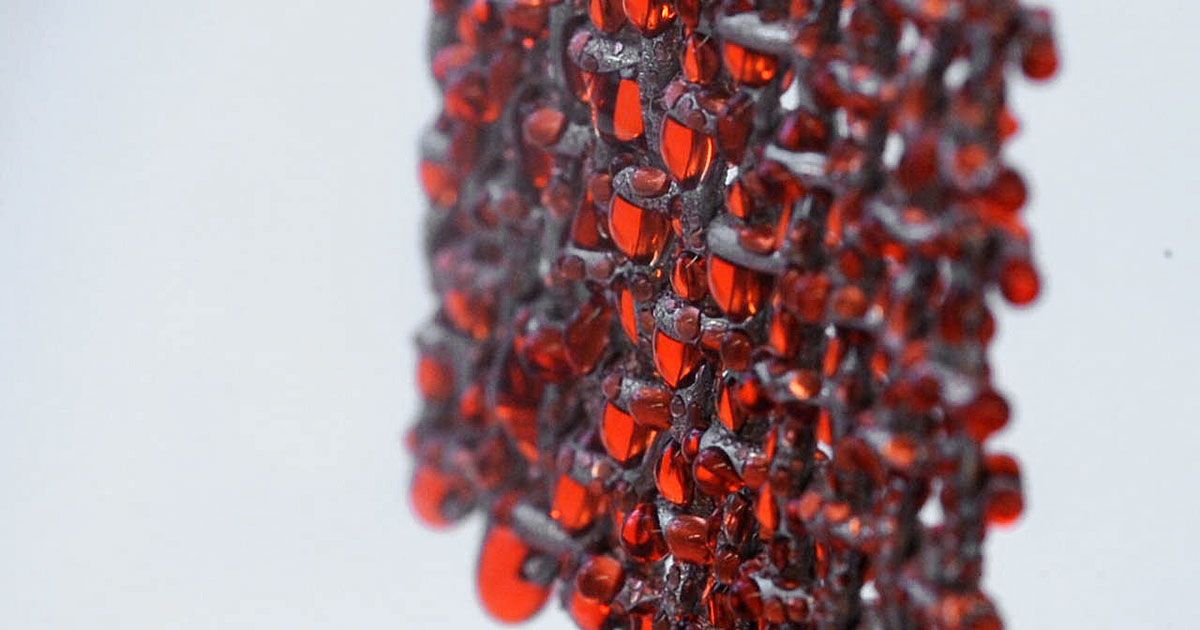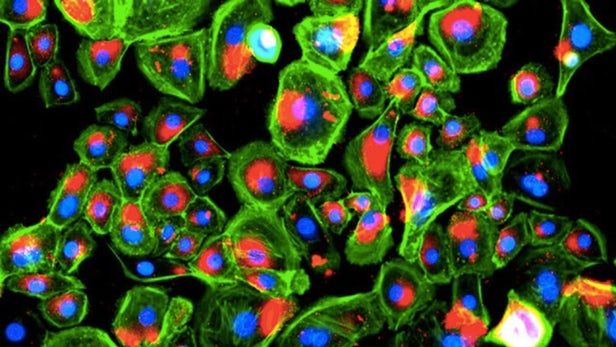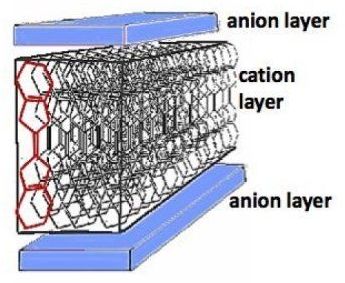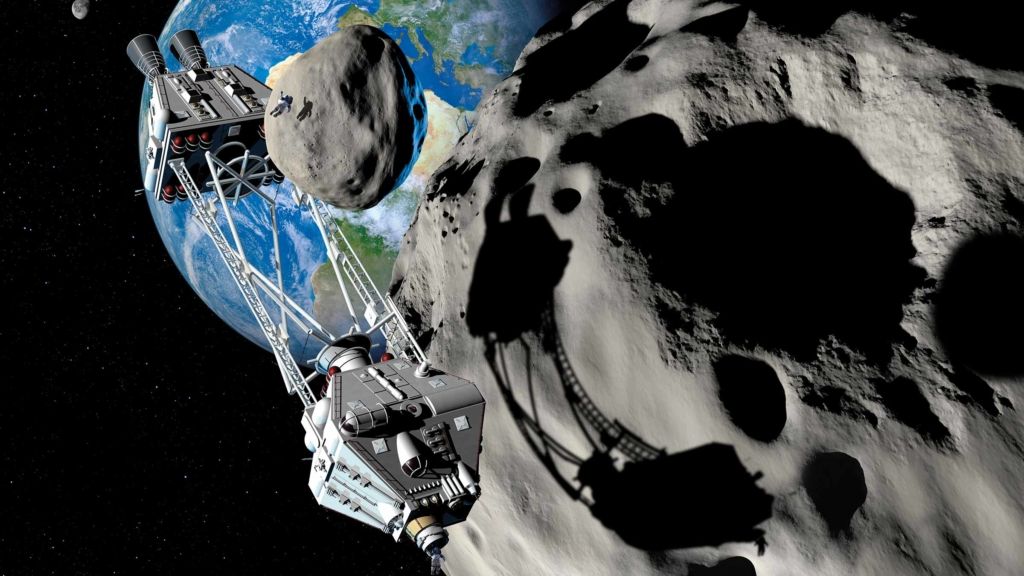Page 9673
Jun 11, 2018
Drug-free bandage heals diabetic wounds faster
Posted by Genevieve Klien in category: biotech/medical
Because diabetics often have both nerve damage and poor circulation, they will often not notice when they receive skin wounds, which proceed to heal very slowly. Those wounds can thus become chronic, sometimes even leading to amputations. A new regenerative bandage, however, could help keep this from happening.
Led by Prof. Guillermo Ameer, a team from Illinois’ Northwestern University started with a protein known as laminin. Found in the skin and most of the body’s other tissues, it communicates with cells, prompting them to differentiate, migrate and adhere to one another.
The scientists were able to identify a specific segment of the protein, which plays a key role in the wound-healing process. That segment is made up of just 12 amino acids (the building blocks of proteins), and it’s called A5G81. Because A5G81 is so much smaller and simpler than the entire laminin protein, it’s much cheaper and easier to synthesize in the lab.
Jun 11, 2018
Intel is now capable of producing full silicon wafers of quantum computing chips
Posted by Genevieve Klien in categories: computing, quantum physics
Last year, Intel was able to take a few steps forward towards the commercialization of quantum computing. A 17-qubit superconducting chip was built followed by CEO Brian Krzanich showing off a test chip at CES 2018 with 49 qubits.
Unlike previous quantum efforts at Intel, this latest batch of wafers are focusing on spin qubits instead of superconducting qubits. This secondary technology is still a few years behind superconducting quantum efforts but could turn out to be more easily scalable.
Moving forward, Intel now has the capability to produce up to five silicon wafers every week containing up to 26-qubit quantum chips. This achievement means that Intel has greatly increased the number of quantum devices in existence and could be looking to increase the number of qubits steadily in the coming years.
Jun 11, 2018
Evidence for a new property of quantum matter revealed
Posted by Genevieve Klien in category: quantum physics
A theorized but never-before detected property of quantum matter has now been spotted in the lab, a team of scientists reports.
Jun 11, 2018
This Innovative Technology Harvests Water from Cooling Towers
Posted by Bill Kemp in category: innovation

Water-scarce cities could get a new source of the precious resource through a simple and cost-effective technology.
Jun 11, 2018
Wastewater treatment plants are key route into UK rivers for microplastics
Posted by Bill Kemp in category: materials
Water samples from UK rivers contained significantly higher concentrations of microplastics downstream from wastewater treatment plants, according to one of the first studies to determine potential sources of microplastics pollution.
Scientists from the University of Leeds measured microplastics concentrations up and downstream of six wastewater treatment plants and found that all of the plants were linked to an increase in microplastics in the rivers—on average up to three times higher but in one instance by a factor of 69.
Lead author Dr. Paul Kay, from the School of Geography at Leeds, said: Microplastics are one of the least studied groups of contaminants in river systems. These tiny plastic fragments and flakes may prove to be one of the biggest challenges in repairing the widespread environmental harm plastics have caused. Finding key entry points of microplastics, such as wastewater treatment plants, can provide focus points to combating their distribution.
With private companies turning their attention to the riches of asteroids, the first trillionaire could be made in space. Andrew Glester explores the challenges of mining space rocks.
Jun 11, 2018
Bioquark Inc. — “Living Forever” — Future Sandwich Podcast — Ira Pastor
Posted by Ira S. Pastor in categories: aging, bioengineering, biotech/medical, cryonics, DNA, futurism, genetics, health, life extension, Peter Diamandis
Jun 11, 2018
Technical Analysis: Can it predict future asset value?
Posted by Philip Raymond in categories: bitcoin, business, cryptocurrencies, economics, finance
I love clearing the air with a single dismissive answer to a seemingly complex question. Short, dismissive retorts are definitive, but arrogant. It reminds readers that I am sometimes a smart a*ss.
Is technical analysis a reasoned approach for
investors to predict future value of an asset?
In a word, the answer is “Hell No!”. (Actually, that’s two words. Feel free to drop the adjective). Although many technical analysts earnestly believe their craft, the approach has no value and does not hold up to a fundamental (aka: facts-based) approach.
One word arrogance comes with an obligation to substantiate—and, so, let’s begin with examples of each approach.
Continue reading “Technical Analysis: Can it predict future asset value?” »

I was going blind which is not a good thing when you need to see to run a growing nonprofit. Luckily, it is 2018 and technology is advancing at an exponential rate so I had some options. Following is my story which is relevant for many reasons including that we virtually all develop eye problems over time and the state of the art available is constantly changing.
MY STORY
I finally couldn’t read text at normal resolution on my 60″ monitor which is about 4 feet from my face (and normally at 1600×900 resolution to make the text bigger) so it was time to go to the optician again. The optician considerably upgraded my prescription to −17.25 diopters on my left eye and −12.25 diopters on my right eye but warned me that this might not improve my vision much due to the beginning of cataracts in my eyes. So unlike in the past where I bought my glasses from outside the country due to restrictions on being able to purchase thin lenses in the U.S. that were implemented during the Nixon administration, I ordered glasses locally so I could speed up the process.
I was unable to see well with the new glasses so it was time to visit an ophthalmologist that my optician recommended. The ophthalmologist had the following assessment:













